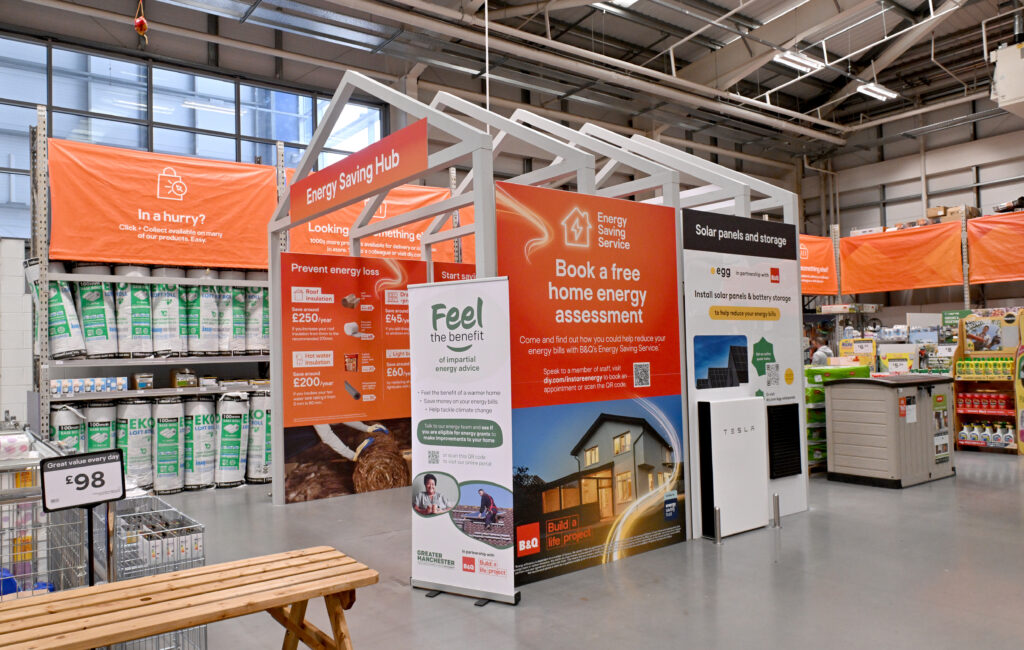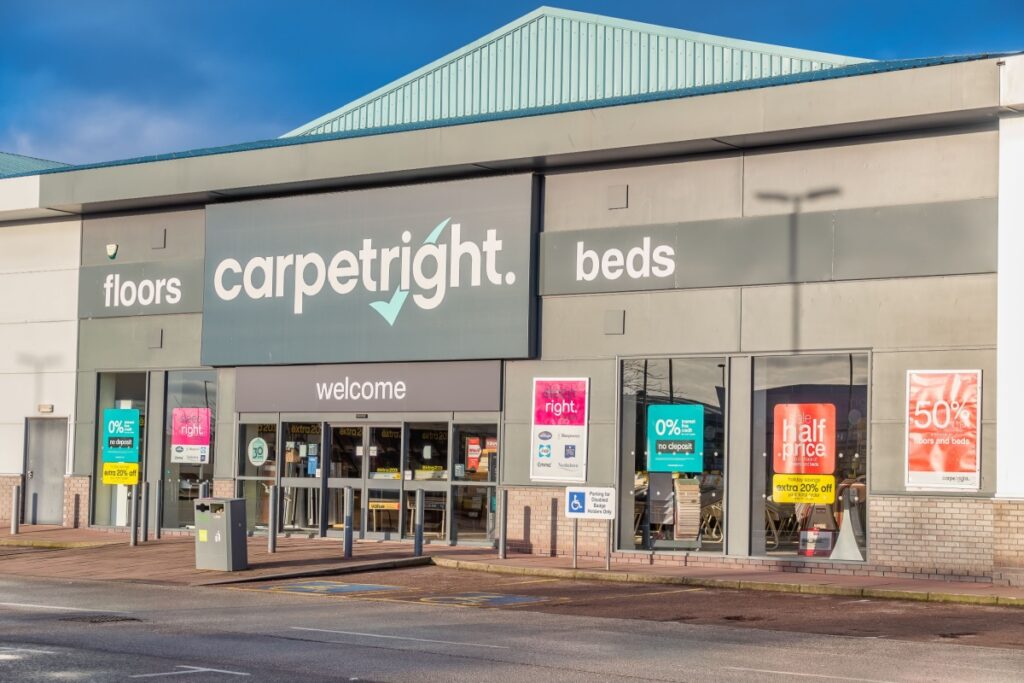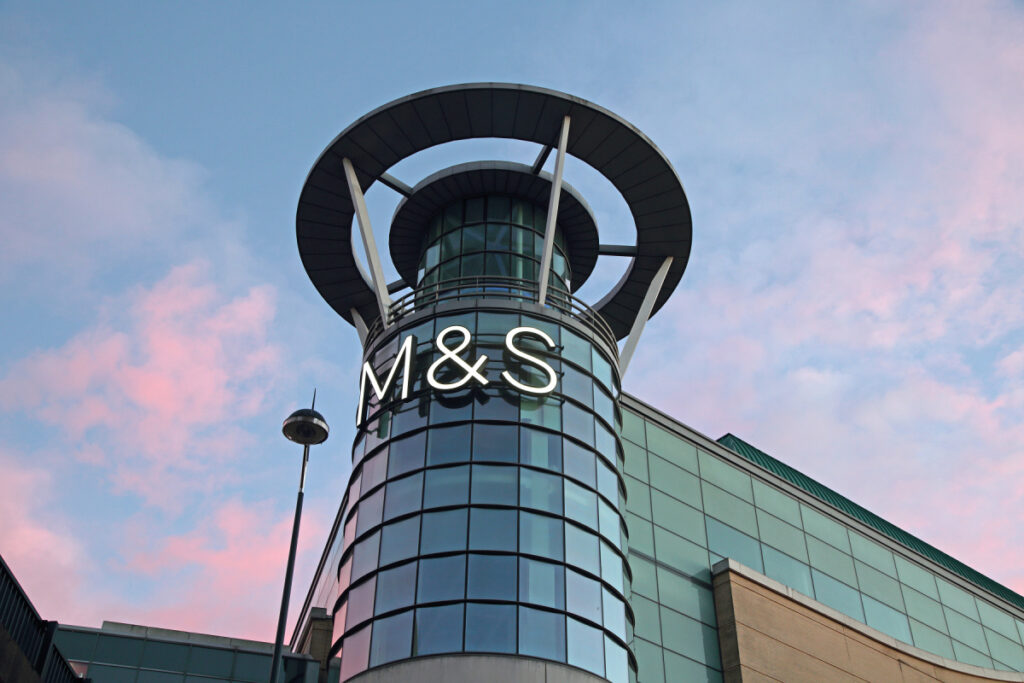On the UK high street, accessories are huge. They‘re the second biggest category in the market – representing 16% of everything in high street stores, from ASOS to Topshop to H&M and beyond. And yet, they don‘t always get the credit they deserve.
For retailers, an assortment full of on-trend accessories can keep consumers interested, bringing them back into stores on a regular basis and driving new stories that sell out fast. For consumers, they‘re an accessible and easy way to update current looks without sacrificing an arm and a leg.
That sets the stage for a critical win/win when and where retailers need it the most. So let‘s look at some data that reveals just how valuable accessories can be to high street retailers.
UK mass market womenswear online on May 20 2016.
In a climate of discounting, accessories are the healthiest category
A lot has been written about retail‘s current discounting pandemic. Whether that‘s the result of a recession that stunted consumer spending, Instagram making fashion more disposable, or just millennials spending more on experiences and less on tangibles, no one can say for sure. Most likely it‘s a combination of those three and a few more. Whatever the cause, the discounting effect is a real one that unfortunately continues to cut into margins.
Here‘s where things stand today: across all womenswear on the UK high street, 36% percent of all products are currently discounted (by an average of 32%). Over in the dress category 40% of all products are discounted (average discount: 39%). Tops – the most stocked category – are doing slightly better, with 39% of the entire category discounted (average discount: 32%).
And yet, given all of that, accessories have remained strong. They have the lowest level of discounting on the mass market – coming in at 30% overall, with an average discount rate of 28%. They‘ve got a strong, untarnished value proposition and they‘re resonating with customers.
They go fast
In an endlessly photo-streamed world, the outfits we wear, and how often we wear them, are broadcast daily to everyone we know and beyond. Accessories provide an easy, price effective way to wear those wardrobe staples in new ways. They‘re little aesthetic touch-ups that differentiate the outfit repeaters from the outfit re-interpreters.
No surprise then that accessories move fast. On average, accessory lines completely sell out in 122 days, making them the quickest moving piece of inventory after tops. And being that they inherently have far fewer fit issues, most of those sales are final. Tops, and other apparel along with them, see much higher rates of return.
They provide consistent quick wins
Replenishment is normally a sign of success. Accessories however, for the most part, don‘t come in multiple sizes. When they sell out, their story is done. They‘re a clean sell-out for retailers.
Let‘s look at some numbers. Of all accessories that have come to market in the last three months and sold out at full price – only 1.4% have been replenished. Compared to the average replenishment rate across all UK womenswear products launched on the mass market over the same time period (34%), you see that the current strategy for accessories is to strike fast, sell out quick and move on to the next thing. And in an ever faster retail climate, there‘s always a next thing waiting to be capitalized on.
They‘ve got above average rates of newness
Considering the above, this one shouldn‘t be t
RELATED STORIES



















